Apr 28, 2025
Logitech Zone Vibe 100 vs 125 Review: Key Differences and Which One to Choose
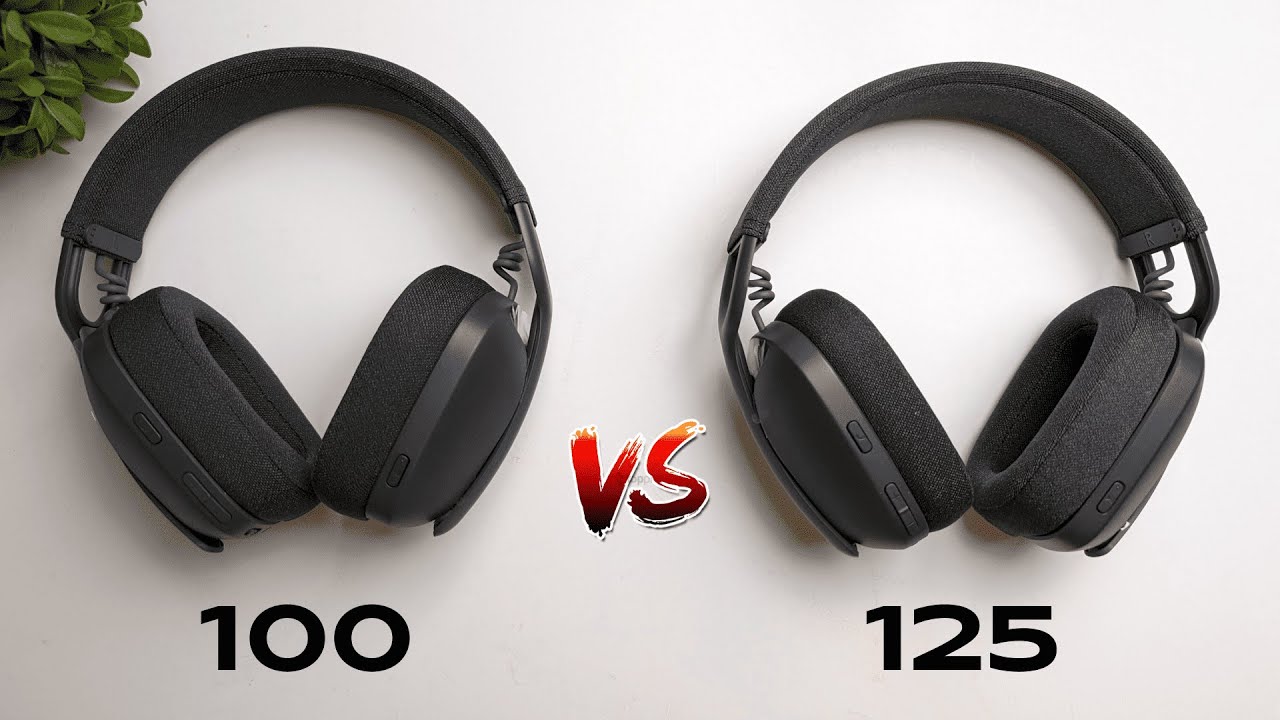
In this review, I break down the main differences between the Logitech Zone Vibe 100 and 125 headsets. Both models share a lot in terms of design and features, but there are some crucial distinctions, especially around price, connectivity, and included accessories that could influence your choice.
Table of Contents
- Introduction to Logitech Zone Vibe 100 and 125
- Price Comparison: $100 vs $130
- Color Options for Both Models
- Connectivity Options Overview
- Bluetooth Only on Zone Vibe 100
- Zone Vibe 125 USB Wireless Receiver and Adapter
- Corporate Environment Challenges and Benefits of USB Dongle
- Sound Quality Comparison: Bluetooth vs USB Dongle
- Included Charging Cables Differences
- Final Thoughts: Which Headset is Worth It?
Introduction to Logitech Zone Vibe 100 and 125
The Logitech Zone Vibe 100 and 125 are two headsets that cater to users looking for quality sound and comfortable design. Both models are strikingly similar, featuring the same build quality and design elements. However, the differences in functionality and price point can make a significant impact on user experience.
Whether you're in a bustling office or working from home, these headsets promise to deliver an immersive audio experience. Let's dive deeper into what sets them apart and help you decide which one suits your needs best.
Price Comparison: $100 vs $130
The price is often a deciding factor for many consumers. The Logitech Zone Vibe 100 is priced at $100, while the Zone Vibe 125 is available for $130. This $30 difference might seem minimal, but it’s essential to consider what you're getting for that extra cost.
For the additional $30, the Zone Vibe 125 offers enhanced connectivity options, which can be particularly beneficial in various work environments. If you frequently switch between devices or work in a corporate setting, the investment may be worth it.
Color Options for Both Models
When it comes to aesthetics, the Logitech Zone Vibe 100 comes in three color options: white, rose, and graphite. This variety allows users to choose a headset that complements their personal style or workspace.
On the other hand, the Zone Vibe 125 is limited to just the graphite color. While this may not be a deal-breaker for everyone, those who value customization might prefer the 100 for its broader color selection.
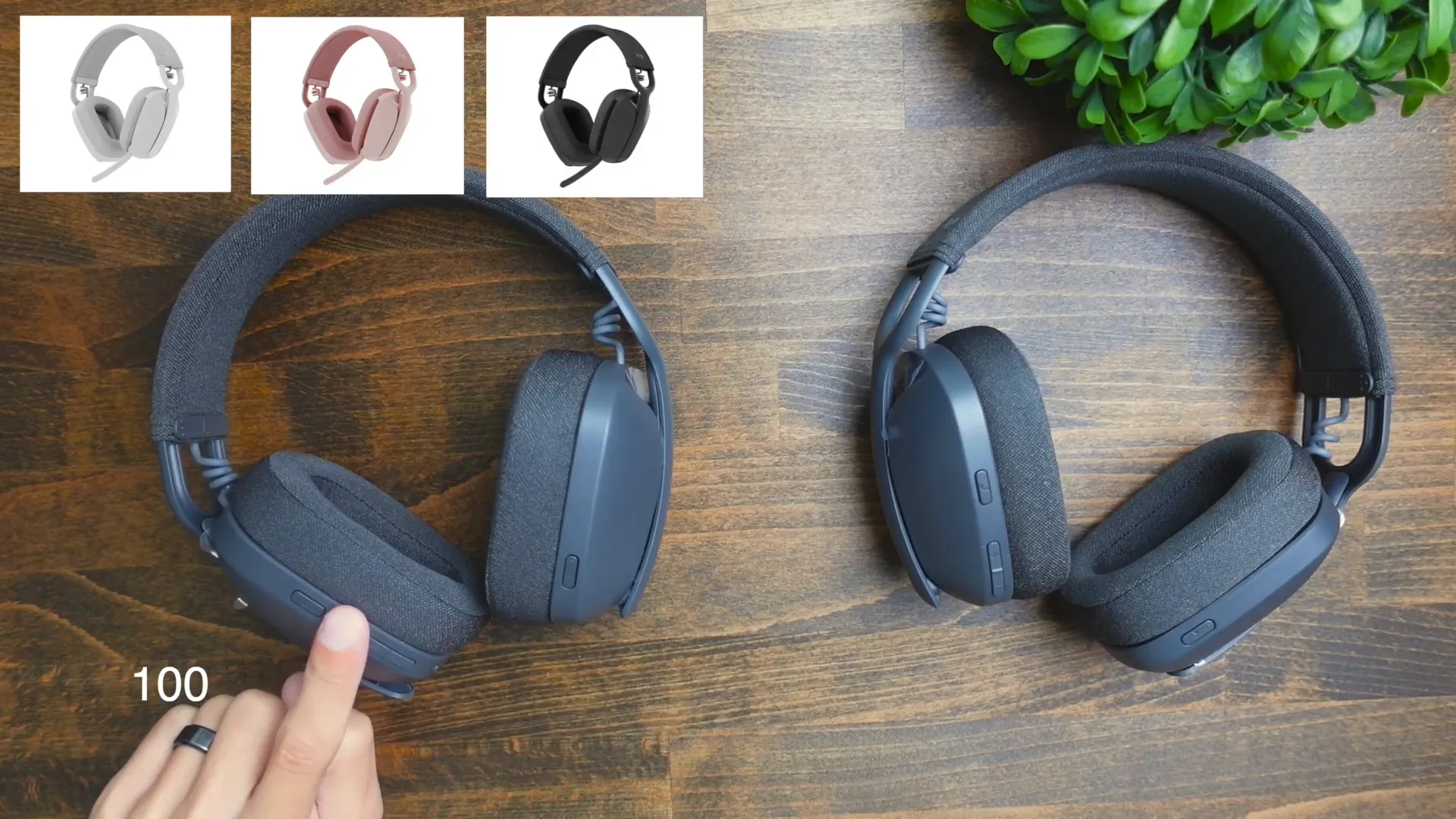
Connectivity Options Overview
Connectivity is a crucial aspect to consider when choosing a headset. The Logitech Zone Vibe 100 connects exclusively via Bluetooth, making it straightforward for casual use with mobile devices and laptops.
Conversely, the Zone Vibe 125 offers more versatile connectivity. In addition to Bluetooth, it includes a USB-A wireless receiver and an adapter for USB-C connections. This flexibility is particularly useful in corporate environments where Bluetooth connections may face restrictions or complications.
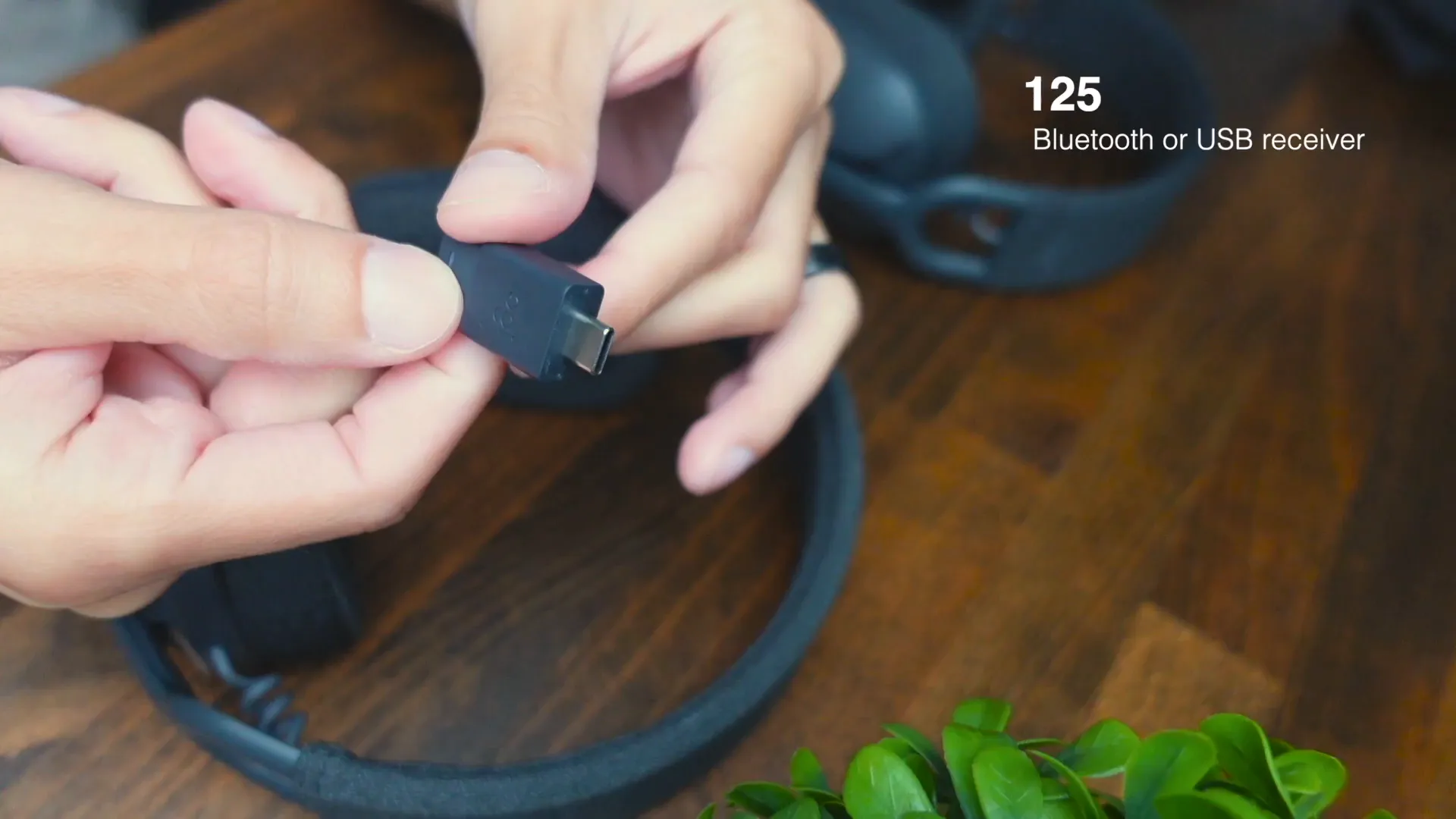
Bluetooth Only on Zone Vibe 100
While the Bluetooth feature on the Zone Vibe 100 is efficient for most users, it can create challenges in specific settings. For instance, connecting a Bluetooth device in a corporate environment often involves navigating through IT protocols, which can be time-consuming and frustrating.
In contrast, the Zone Vibe 125's USB connectivity allows for a simple plug-and-play experience. This ease of connection can save valuable time and reduce stress, especially when switching between multiple devices. If you work in a secure environment, this feature becomes even more beneficial, eliminating the need for IT assistance each time you want to connect your headset.
Zone Vibe 125 USB Wireless Receiver and Adapter
The Logitech Zone Vibe 125 stands out with its USB wireless receiver and adapter, making it a versatile option for those who need more than just Bluetooth connectivity. This feature is particularly advantageous in corporate environments where IT protocols can complicate Bluetooth connections.
Simply plug the USB receiver into your computer, and you’re ready to go. This plug-and-play functionality is a game-changer, eliminating the hassle of connecting through Bluetooth, which can often involve navigating through complex security settings. For users who value efficiency, the Zone Vibe 125's wireless receiver is a significant benefit.
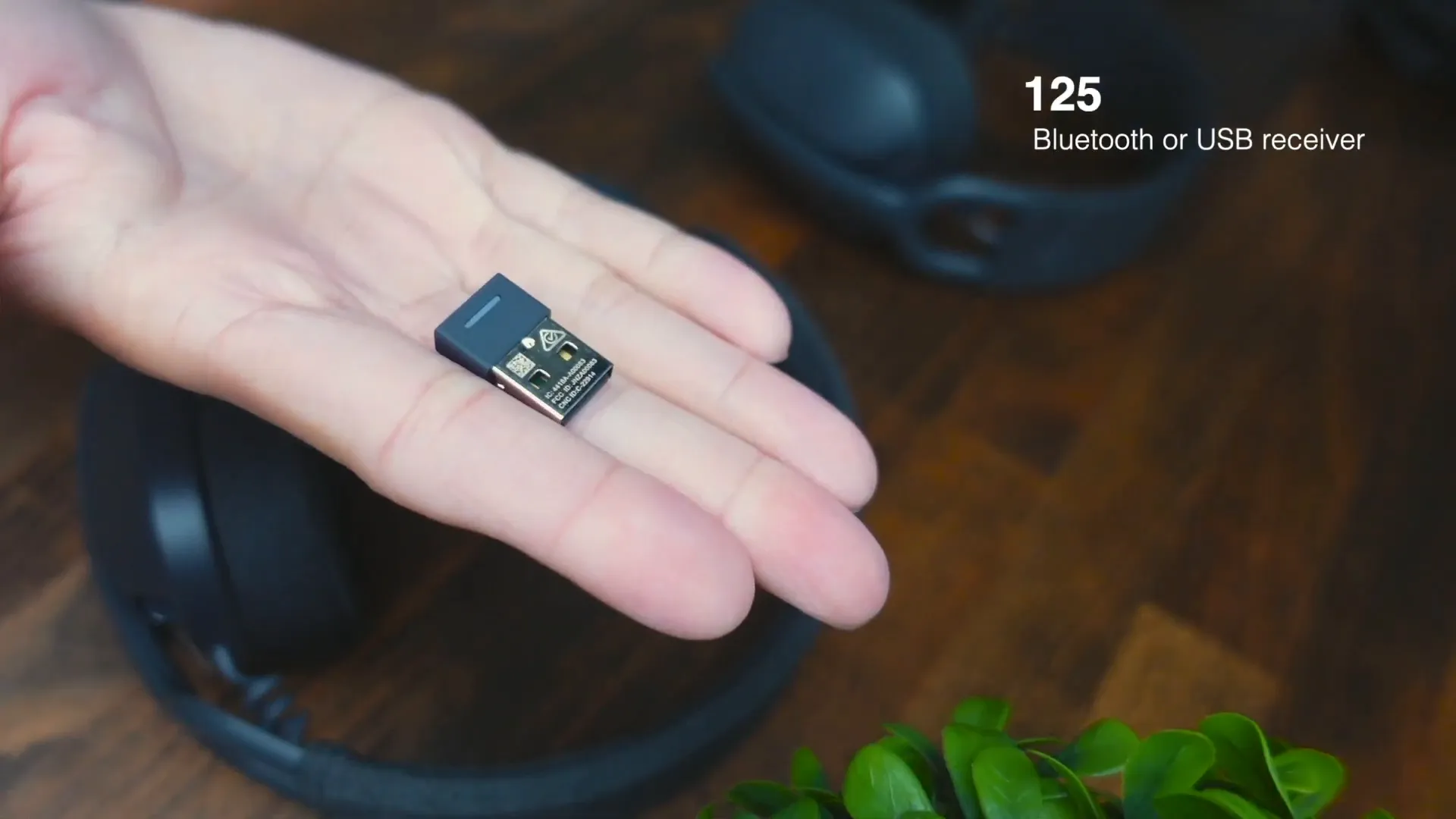
Corporate Environment Challenges and Benefits of USB Dongle
Working in a corporate environment can present unique challenges, especially when it comes to device connectivity. Many offices have strict IT policies that can hinder the use of Bluetooth devices. The Zone Vibe 125 addresses these challenges head-on with its USB dongle.
- Simplified Connectivity: The USB dongle allows for immediate connection without the need for IT intervention. This is crucial in fast-paced environments where time is of the essence.
- Compatibility: The dongle ensures compatibility with older systems that may not support Bluetooth, providing a reliable solution for all users.
- Reduced Frustration: Say goodbye to the headaches of waiting for IT support. With the Zone Vibe 125, you can connect and get to work immediately.
Overall, the USB dongle not only enhances connectivity but also improves workflow efficiency. If your workplace relies on various devices, the Zone Vibe 125 is an excellent choice.
Sound Quality Comparison: Bluetooth vs USB Dongle
When considering audio devices, sound quality is often a top priority. Fortunately, both the Logitech Zone Vibe 100 and 125 deliver impressive audio performance, regardless of the connection method. Users often wonder if there’s a significant difference in sound quality between Bluetooth and the USB dongle.
After testing both, it’s clear that the audio experience remains consistent. The Zone Vibe 125's USB connection does not compromise sound quality. Whether you’re using Bluetooth or the USB dongle, the headset provides clear audio and crisp microphone performance.
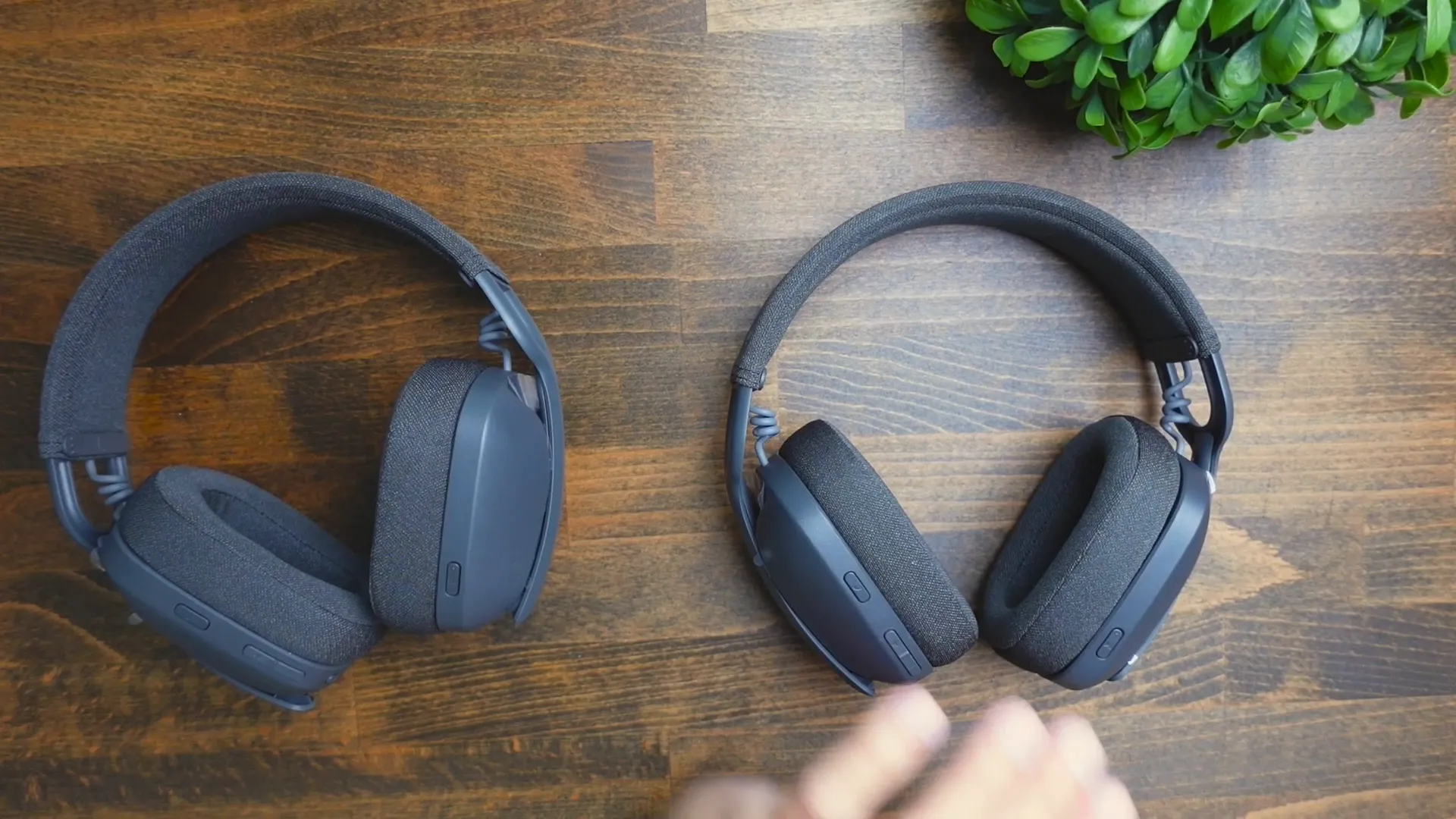
Included Charging Cables Differences
Another aspect to consider is the charging cables that come with each headset. The Zone Vibe 100 includes a USB-C to USB-C cable, while the Zone Vibe 125 comes with a USB-A to USB-C cable. While both cables serve the same fundamental purpose—charging the headsets—the difference lies in compatibility with various devices.
- Zone Vibe 100: The USB-C to USB-C cable is perfect for users with modern devices that feature USB-C ports.
- Zone Vibe 125: The USB-A to USB-C cable offers flexibility for connecting to a wider range of devices, especially if you're using older computers or accessories.
Ultimately, having the right cable can enhance your user experience. It’s essential to consider which devices you frequently use to determine which headset best fits your needs.
Final Thoughts: Which Headset is Worth It?
Deciding between the Logitech Zone Vibe 100 and 125 comes down to your specific needs and work environment. The Zone Vibe 100 is an excellent choice for users who prioritize color options and straightforward Bluetooth connectivity. However, if you often work in corporate settings or require a more versatile connection, the Zone Vibe 125 is worth the extra investment.
The added USB wireless receiver and adapter make the 125 a robust option for those who need reliability and efficiency in their audio devices. Consider your work environment, device compatibility, and personal preferences to make the best choice.
In conclusion, both headsets offer exceptional sound quality and comfort. However, the Zone Vibe 125's additional features cater to a broader range of users, making it a compelling choice for professionals seeking flexibility.
If you're interested in learning more about headsets and their features, check out our comprehensive review of the Razer BlackShark V2 HyperSpeed Headset, which focuses on audio quality and comfort for gamers. Additionally, explore our Logitech Zone Learn Headset Review for insights into headsets designed for educational use, offering comfort and durability for children and adults alike.